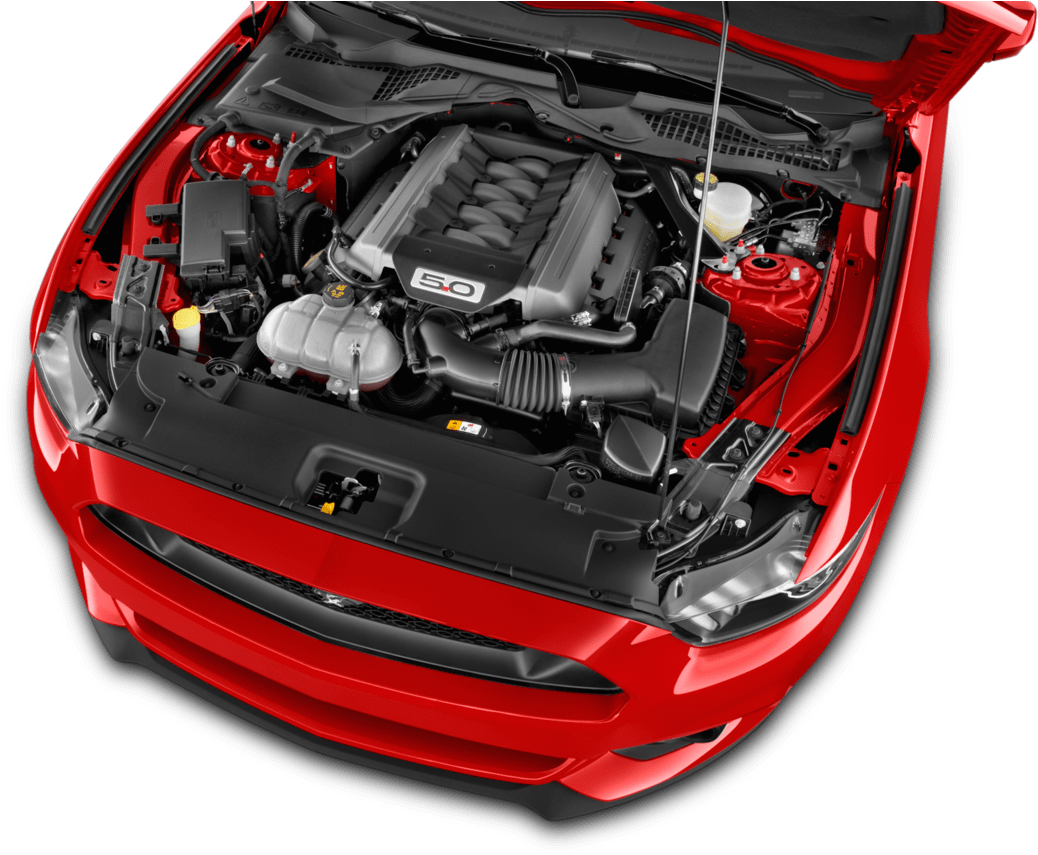Opel Corsa Engine: Efficiency and Reliability for Your Vehicle
Comprehensive Assessment of the Mechanical Components of a Hatchback's Motor
Comprehending the elaborate functions of a hatchback's electric motor is akin to unwinding a complicated challenge where every item plays a vital function in the general efficiency of the vehicle. opel corsa engine. From the integrated motions of cylinders and pistons to the accurate timing of camshafts and crankshafts, each part runs in harmony to power the car. What genuinely sets an electric motor apart exists in the better details - the fragile dance of valves and timing belts, the precise distribution of gas with injectors, and the stimulate that ignites it all through trigger plugs. As we dive right into the inner workings of these mechanical marvels, a deeper appreciation for the harmony of parts that drive a hatchback forward arises.
Pistons and Cylinders

The efficiency and efficiency of a hatchback's engine depend greatly on the smooth procedure of the cylinders and pistons. Appropriate securing in between the piston rings and cylinder wall surfaces is critical to preserve compression and stop loss of power. In addition, the dimension and layout of the cyndrical tubes straight impact the engine's displacement and general power output. Regular upkeep and surveillance of these parts are necessary to make certain optimum engine efficiency and durability.
Camshafts and Crankshafts
Camshafts and crankshafts play important functions in the operation of a hatchback's interior burning engine, assisting in precise timing and conversion of straight movement right into rotational energy. The camshaft, located within the engine block, controls the opening and closing of the engine shutoffs at specific periods. opel corsa engine.
Any kind of misalignment or malfunction in these components can lead to engine performance issues and potential damage. Routine maintenance and timely replacements are necessary to make sure the smooth procedure of these important engine parts in a hatchback.
Shutoffs and Timing Belts
Playing a crucial role in the synchronization and operation of a hatchback's inner burning engine, the shutoffs and timing belts function in combination with the camshafts and crankshafts to guarantee optimal performance. Proper timing is crucial for the engine to function successfully and protect against damages due to disturbance between moving components.

Gas Injectors and Trigger Plugs
Fuel injectors and spark plugs are critical components in a hatchback's engine system, accountable for the effective shipment of fuel and ignition of the air-fuel combination. Modern hatchbacks commonly make use of digital gas shot systems that can adjust fuel delivery based on various factors such as engine lots, temperature level, and rate.
Properly working stimulate plugs are essential for engine performance, fuel efficiency, and exhausts regulate. Regular inspection and upkeep of both gas injectors and stimulate plugs are essential to guarantee the engine runs smoothly and successfully.
Cooling System and Lubrication
Offered the important function of preserving ideal engine performance and efficiency in a hatchback, the air conditioning system and lubrication systems are integral parts that ensure correct working and longevity of the lorry. The lubrication system in a hatchback Related Site includes the oil pump, oil filter, and numerous lubricating substances that lower rubbing within the engine. With each other, the air conditioning system and lubrication devices play an important role in maintaining the hatchback's engine running smoothly and effectively.
Final Thought

Pistons and cylinders are essential elements within the interior burning engine of a hatchback, responsible for transforming gas into mechanical energy. The camshaft, located within the engine block, manages the opening and closing of the engine shutoffs at details intervals.Playing a vital duty in the synchronization and operation of a hatchback's internal combustion engine, the valves and timing belts function in combination with the crankshafts and camshafts to make certain optimum efficiency.Gas injectors and stimulate plugs are crucial elements in a hatchback's engine system, accountable for the effective delivery of fuel and ignition of the air-fuel mixture. Modern hatchbacks typically use electronic fuel shot systems that can readjust gas distribution based on various factors such as engine temperature level, rate, and load.